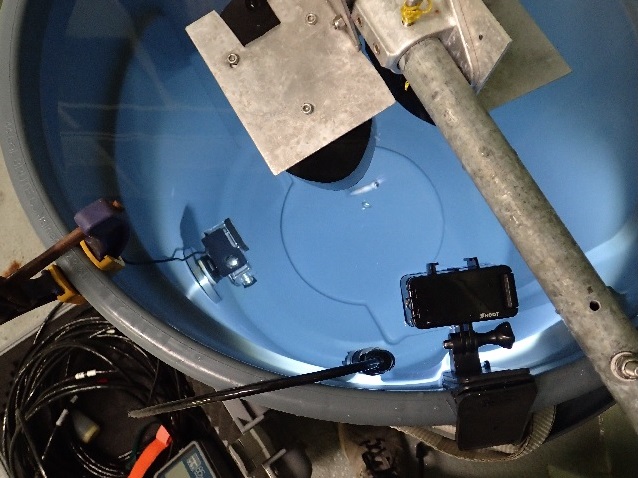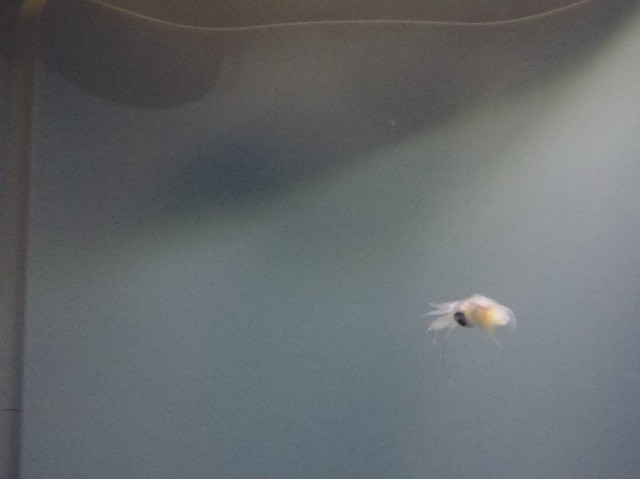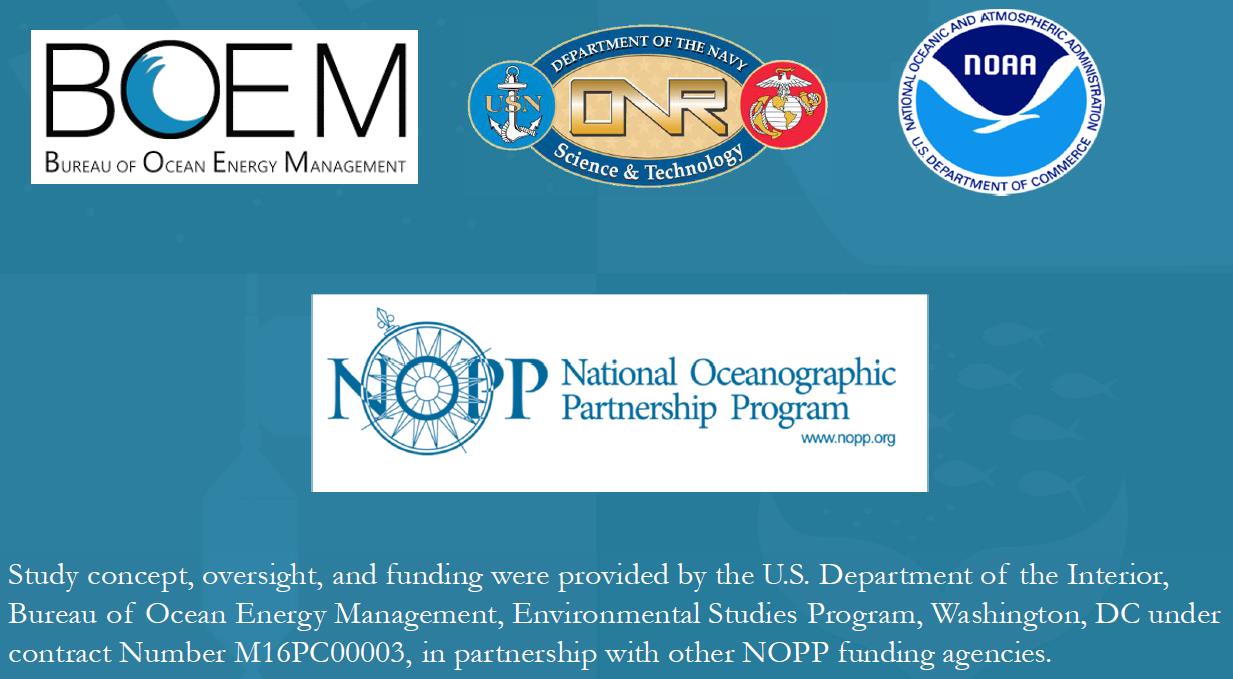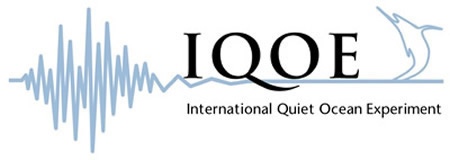Today's blog is written by Brandyn Lucca, a PhD student in the Acoustic Laboratory for Ecological Studies (ALES) at Stony Brook University.
We use underwater acoustics for a variety of reasons such as bottom-mapping, listening for marine mammals, and figuring out where we want to fish on a Sunday morning. In my biased opinion, the best use of underwater acoustics is using it to count the critters in the water column to improve our understanding of animal behavior and ecological interactions as a function of space (e.g. from Virginia to Florida) and time (e.g. night versus day). However, if we want to estimate the number of animals in the water column such as myctophids and squid using our acoustic methods, then we have to measure the acoustic profile of individuals which is called “target strength”. By estimating the typical target strength for animals, we can then scale up to aggregations and entire ecosystems to come up with abundance and biomass estimates. For example, if we know that a myctophid is 1 “acoustic unit” and detect an acoustic layer of fish with 1,000 “acoustic units”, then we can estimate that there are 1,000 fish in that aggregation.
But how do we get this target strength value? Some researchers have developed intricate models that predict theoretical target strengths by taking into account factors (to name a few) such as how the animal is oriented (e.g. facing up or down), the size of its swimbladder if it has one, and the shape of its body. Alternatively, you can use a 44 gallon trash can, a few pieces of acoustic equipment, and the patience of a kindergarten teacher to make direct measurements and compare to the model predictions. Once I tie the animals to a reel of fishing line, I transmit broadband soundwaves into the trash can to generate different target strength values across many frequencies which can be used as an acoustic fingerprint. So we can also use target strength measurements as a means of acoustics CSI (with all of the puns you’d expect and groan about) to identify the animals we are counting.

|

|


